|

On eBay Now...
Set of 5 One-Sided Ancient Roman Coin Replicas •Educational Resource• For Sale
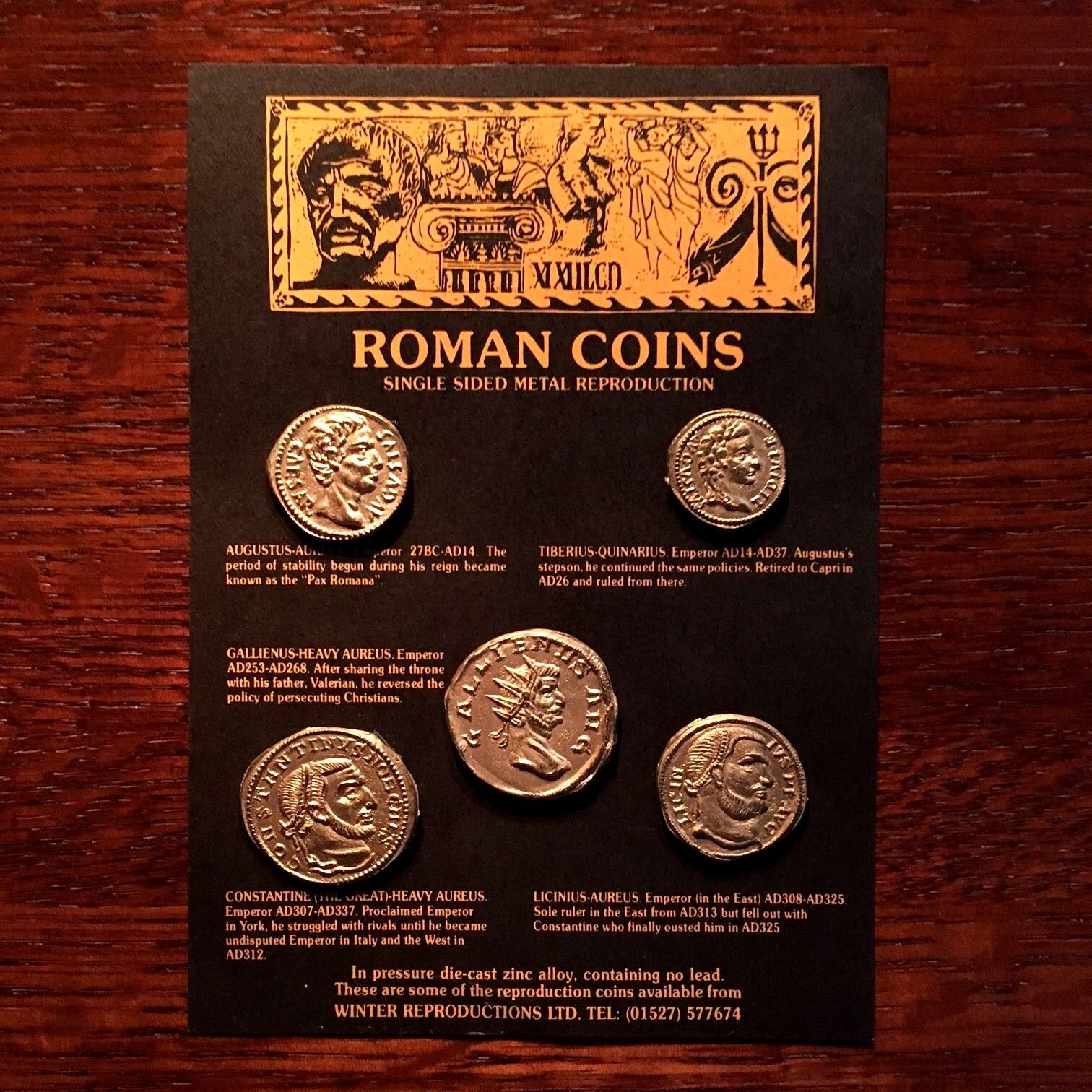
When you click on links to various merchants on this site and make a purchase, this can result in this site earning a commission. Affiliate programs and affiliations include, but are not limited to, the eBay Partner Network.

Set of 5 One-Sided Ancient Roman Coin Replicas •Educational Resource• :
$9.95
Five Single Sided 17mm - 25mm"Gold" Roman Coin replicason a 5½" x 4" Display Card
They can be removed and reattached with removable mounting putty like "Blue Tack".Each coin has theEmperor'sname, title and life span on the reverse.
Each coin representing a Roman Emperorwith a brief description.
Produced by Winter Reproductions LTDa company long since out of production. Now the inevitable Wikipedia description... Theaureus(pl.aurei— "golden") was agold coinofancient Romevalued at 25 silverdenarii. Theaureuswas regularly issued from the 1st century BC to the beginning of the 4th century AD, when it was replaced by thesolidus. Theaureuswas about the same size as thedenarius, but heavier due to the higher densityofgold(as opposed to that ofsilver.) Before the time ofJulius Caesartheaureuswas struck very infrequently, usually to make large payments from captured booty. Caesar struck the coin more frequently and standardized the weight at{\displaystyle {\tfrac {1}{40}}}of a Roman pound(about 8grams).Augustus(r. 29 BC – 9 AD) tariffed the value of thesestertiusas{\displaystyle {\tfrac {1}{100}}}of anaureus. The mass of theaureuswas decreased to{\displaystyle {\tfrac {1}{45}}}of a pound (7.3 g) during the reign ofNero(r. 54–68). After the reign ofMarcus Aurelius(r. 161–180) the production ofaureidecreased, and the weight was further decreased to{\displaystyle {\tfrac {1}{50}}}of a pound (6.5 g) by the time ofCaracalla(r. 211–217). During the 3rd century, gold pieces were introduced in a variety of fractions and multiples, making it hard to determine the intended denomination of a gold coin.[citation needed] Thesoliduswas first introduced byDiocletian(r. 284–305) around 301 AD, struck at 60 to the Roman pound of pure gold (and thus weighing about 5.5 g each) and with an initial value equal to 1,000denarii. However, Diocletian's solidus was struck only in small quantities, and thus had only minimal economic effect. Thesoliduswas reintroduced byConstantine I(r. 306–337) in 312 AD, permanently replacing theaureusas the gold coin of the Roman Empire. Thesoliduswas struck at a rate of 72 to a Roman pound of pure gold, each coin weighing twenty-four Greco-Roman carats, or about 4.5 grams of gold per coin. By this time, the solidus was worth 275,000 of the increasingly debaseddenarii. However, regardless of thesizeorweightof theaureus, the coin's purity was little affected. Analysis of the Romanaureusshows the purity level usually to have been near to 24caratgold in excess of 99%. Gold content and price comparisonNameGold ContentJulius Caesar AureusJulius Caesar Aureus8.18 grams1.000Nero Aureus7.27 grams0.889Caracalla Aureus6.55 grams0.800Diocletian Aureus5.45 grams0.667Constantine Solidus4.55 grams0.556British Sovereign7.32 grams0.895USA Eagle 1837-193315.05 grams1.839USA Gold Dollar 1849-18891.51 grams0.184Due to runaway inflation caused by the Roman government issuing base-metal coinage but refusing to accept anything other than silver or gold for tax payments, the value of the goldaureusin relation to thedenariusgrew drastically. Inflation was also affected by the systematic debasement of the silverdenarius, which by the mid-3rd century had practically no silver left in it. In 301, one goldaureuswas worth 833⅓ denarii; by 324, the sameaureuswas worth 4,350denarii. In 337, after Constantine converted to thesolidus, one solidus was worth 275,000denariiand finally, by 356, one solidus was worth 4,600,000denarii. Today, theaureusis highly sought after by collectors because of its purity and value, as well its historical interest. Anaureusis usually much more expensive than adenariusissued by the same emperor. For instance, in one sale, anaureusofTrajan(r. 98–117) sold for $15,000, and a silver coin of the same emperor sold for $100. Two of the most expensiveaureiwere sold in the same sale in 2008. Oneaureus, issued in 42 BC byMarcus Junius Brutus, the assassin of Gaius Julius Caesar, had a price realized of $661,250.[1](There is an example of this coin on permanent display at theBritish Museumin London.) The secondaureus, issued by the emperorAlexander Severus(r. 222–235), has a picture of theColosseumon the reverse, and had a price realized of $920,000.
FREE SHIPPING! In The United States The historical context of coins when they wereoriginallycreated was the intention that they would be handled andcarried by diverse people ofdifferentlands and exchangedthroughout many ages.
This presented an opportunity for ancient people to make a lasting communicationthroughouttheir realms with inscriptionson these coins thatexpressedwho was in charge and for what reasonsat that very moment of a value exchangeto remind both thepurchasersand vendors who has facilitatedthis exchangethroughenforced peace and order that must bemaintainedby Taxs.
Coins were made to be usedand part of the fascination with them lies in the human activity that they indicate.
Exhibited in glass boxescan make them little more than pictures of themselves and creates a distance between the viewer and the object that is difficult to overcome.
Placed out of reach makes them boring.They lose their main purpose and obviously their soul.
Replicas of precious objects can add a layer of reality and information thathelps reconnect the item to anyone who holds it.
Presenting it with life!
Given the passive nature of museums,which most visitors are accustomed, interacting with the objectslikebeing able to pick it up and examine an object would generate a more profound connection andinterestfor its history![xsellxgallery3]Click-A-Pic Below to See More of My Items That Ship for FREE!- Set of Three Double-Sided Ancient Greek & Roman Coin Replicas • FREE SHIPPING!US$8.95
- 4 One-Sided Ancient Greek Coin Replicas - can be used as an Educational ResourceUS$7.95
- Set of 4 One-Sided Ancient Roman Coin Replicas •Educational Resource• FREE SHIP!US$7.95
- Set of 5 One-Sided Ancient Roman Coin Replicas •Educational Resource• FREE SHIP!US$9.95

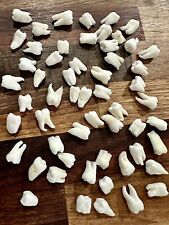
Set of 4 Real Adult Human Teeth With Roots $25.00
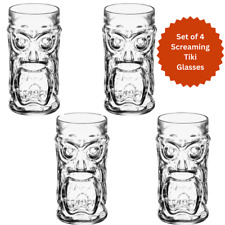
Set of 4 Anchor Hocking Glass Screaming Tiki Glasses $24.95
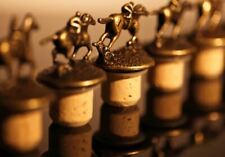
Blanton's Bourbon Complete Set of 8 Bottle Stoppers $72.99

A Rare Set Of Taxidermy Amazon Catfishes Of Various Species $908.89
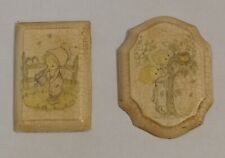
Precious Moments Plaques Set of Two $17.95
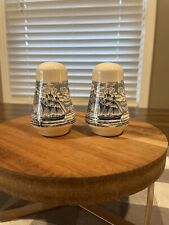
Set of Blue and White Salt & Pepper Shakers Historical Ports of England Nautical $20.00

ENFIELD STRIPPER CLIPS SET OF 5 SMLE Original 303 British $23.50
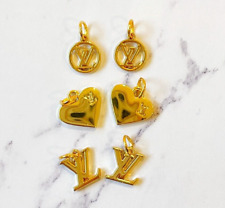
Designer LV Gold Button Tiny Small Zipperpull Bundle | Set of 6 $55.00
|